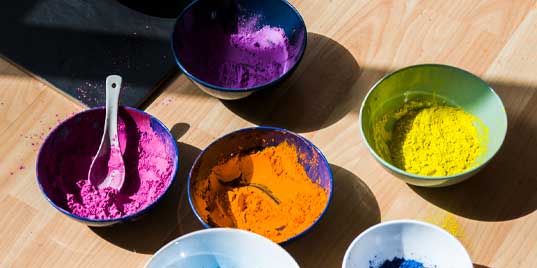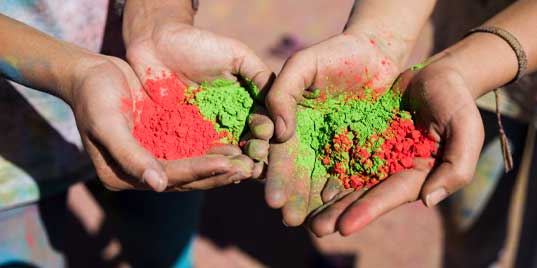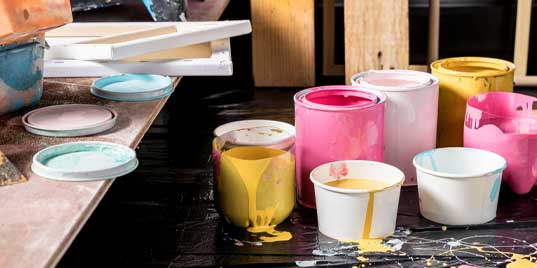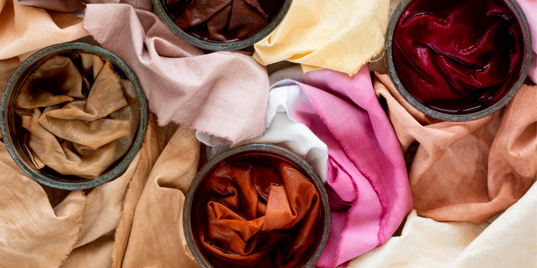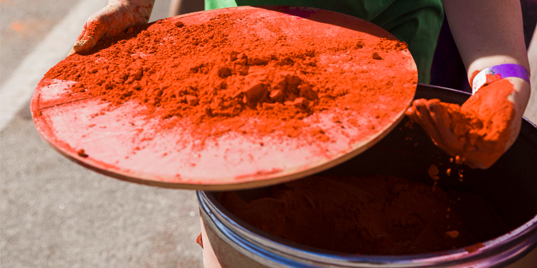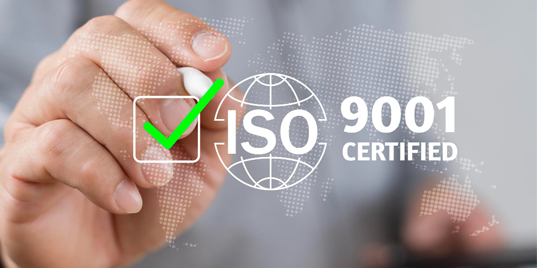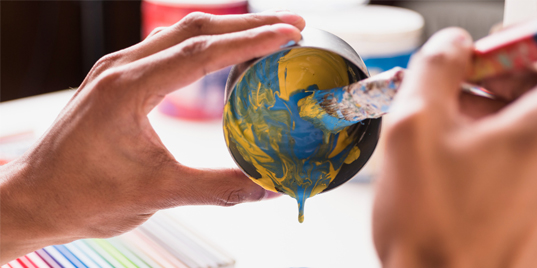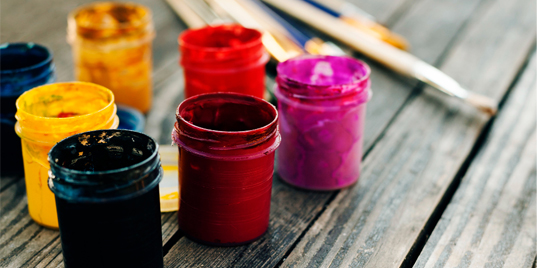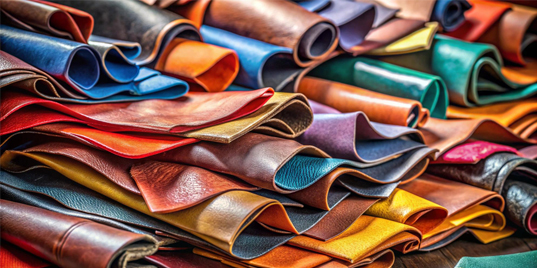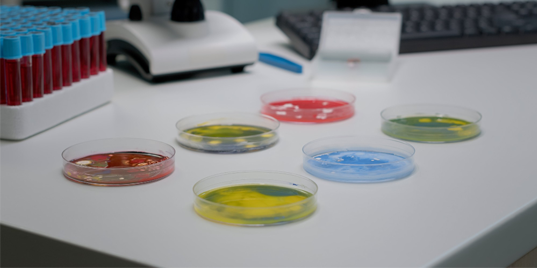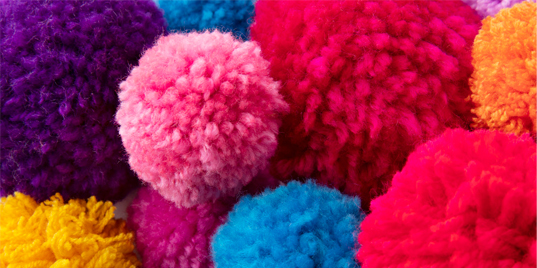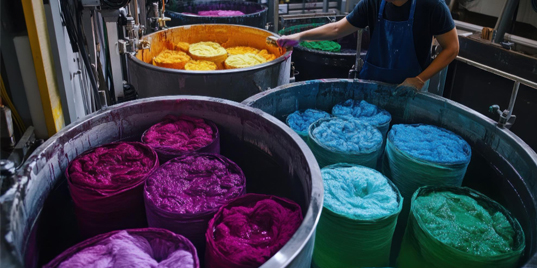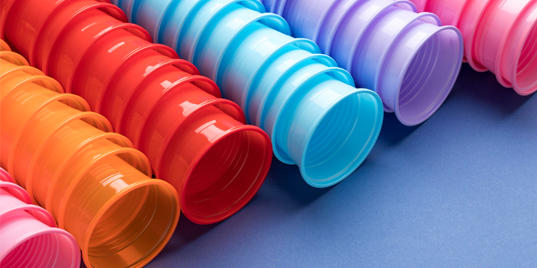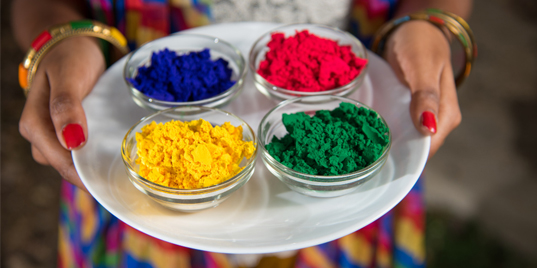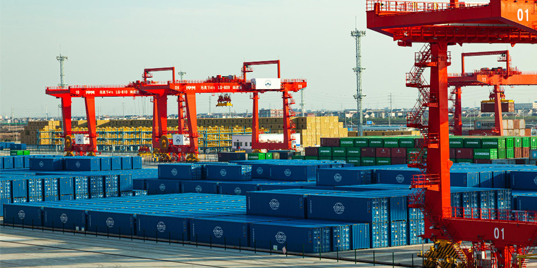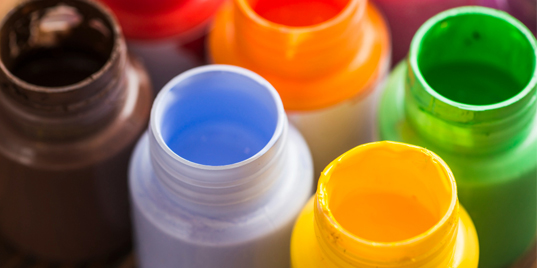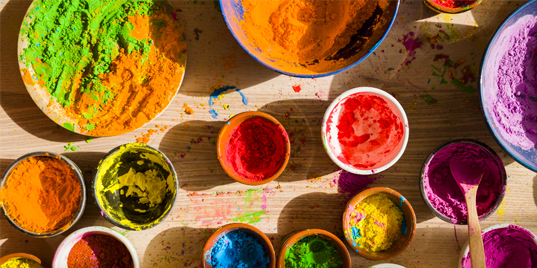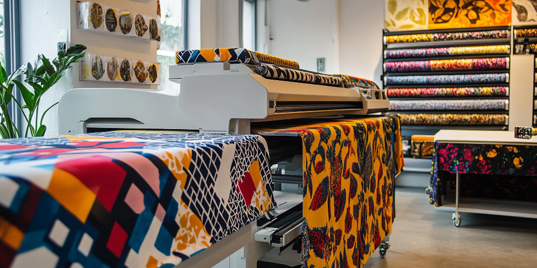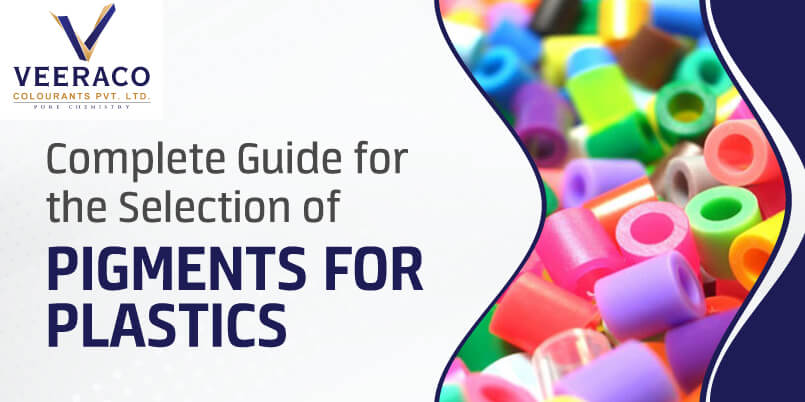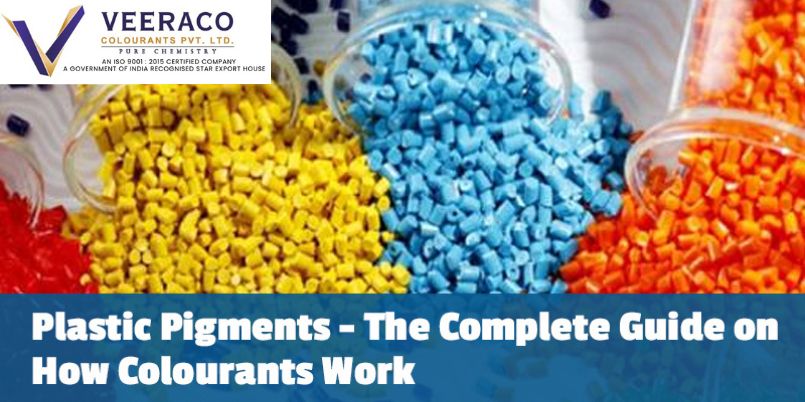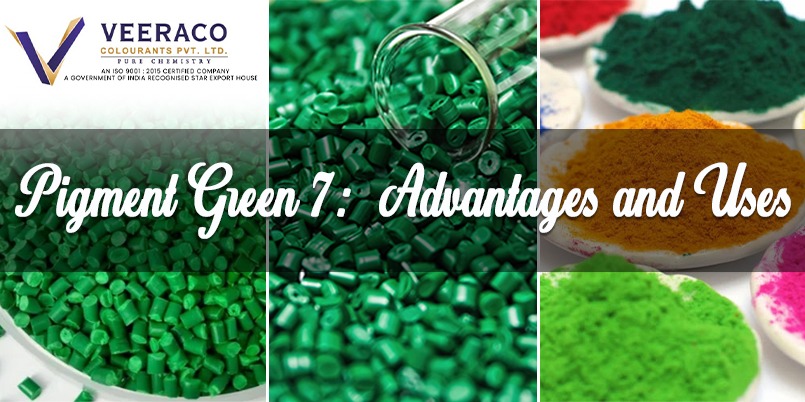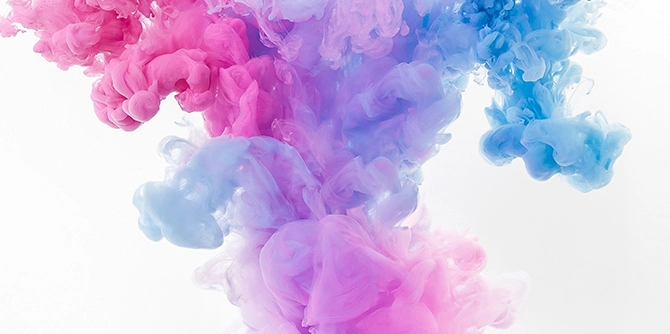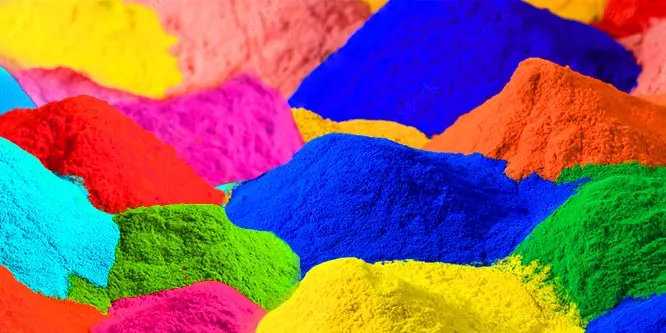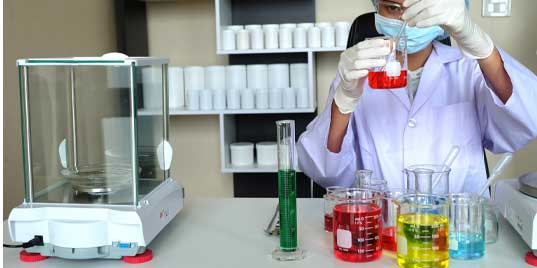
When Standard Dyes Won't Work: Your Guide to Custom Formulation Services
- Admin
- Oct 03, 2025
When Standard Dyes Won't Work: Your Guide to Custom Formulation Services
Standard dye products serve most applications effectively and economically. However, specialized requirements demand custom solutions. Unique color specifications, unusual substrate combinations, extreme performance requirements, or proprietary formulations drive need for custom dyes development. Indian manufacturers with strong R&D capabilities offer custom development services creating tailored solutions. This comprehensive guide explores custom dyes development processes, capabilities required, applications, and partnering with development-capable suppliers.
When Custom Dyes Development Makes Sense
Custom development involves significant investment. Understanding when customization justifies costs helps make informed decisions.
Standard Products Don't Meet Specifications
Off-the-shelf products cover broad application ranges but cannot satisfy every specific requirement. Custom development addresses gaps including:
- Specific Shade Requirements: Brand colors requiring precise shade matching. Unique color spaces not available in standard ranges. Exact replication of reference samples.
- Performance Requirements: Fastness properties exceeding standard product capabilities. Resistance to specific chemicals or conditions. Temperature stability beyond normal ranges.
- Substrate Compatibility: Unusual materials or substrate combinations. Modified fibers with different dye affinity. Specialty surface treatments affecting dye uptake.
- Application Process Constraints: Equipment limitations requiring specific dye properties. Process temperature or time restrictions. pH or chemical compatibility with existing processes.
- Regulatory or Safety Requirements: Stricter heavy metal limits than standard products. Compliance with customer-specific restricted substances. Special safety certifications for specific applications.
Competitive Differentiation
Proprietary colors provide brand distinctiveness and competitive advantages, such as brand identity, product innovation, and supply chain control.
Volume Economics
Large volume requirements sometimes justify custom development costs. Optimized formulations can improve efficiency, reduce waste, and enhance yield.
Technical Innovation
New technologies or substrates may require dyes with properties unavailable in existing products — such as those used in digital printing, smart textiles, or extreme performance environments.
The Custom Dyes Development Process
Custom dye formulation involves a systematic process that converts customer requirements into commercial products.
- Phase 1 – Requirements Definition: Define specifications, performance, process parameters, and commercial needs.
- Phase 2 – Feasibility Assessment: Evaluate technical, regulatory, economic, and timeline feasibility.
- Phase 3 – Laboratory Development: Create, test, and refine formulations in lab conditions.
- Phase 4 – Customer Evaluation: Customers assess color and performance; iterations refine results.
- Phase 5 – Scale-Up Development: Pilot production ensures consistency, yield, and quality.
- Phase 6 – Commercial Production: Full-scale production begins with validated processes and QC systems.
Key Capabilities for Custom Development
Not all manufacturers can offer true custom dye development. Essential capabilities include:
- R&D Infrastructure: Advanced laboratories, pilot production facilities, analytical instruments.
- Technical Expertise: Deep knowledge of dye chemistry, formulation, and applications.
- Regulatory Knowledge: Understanding of REACH, FDA, and global compliance standards.
- Project Management: Structured development process with milestones, documentation, and communication.
Types of Custom Development Projects
- Color Matching: Replicating brand or reference colors across multiple substrates.
- Performance Enhancement: Improving fastness, stability, or chemical resistance.
- Application Optimization: Tailoring dyes to specific process or equipment needs.
- Novel Substrate Development: Developing dyes for new fibers, composites, or functional textiles.
- Multi-Functional Products: Combining color with antimicrobial, UV-protective, or responsive functions.
Intellectual Property & Pricing Considerations
Ownership of custom formulations varies—some are customer-owned, some manufacturer-owned with exclusivity, or jointly owned. Pricing includes development fees, scale-up costs, and volume-based product pricing. Clear agreements and NDAs protect confidentiality and IP rights.
Selecting Custom Development Partners
Choosing the right partner is critical. Evaluate technical capability, infrastructure, documentation standards, pricing transparency, flexibility, and cultural fit. Seek companies with proven R&D track records, qualified chemists, and structured project management.
Veeraco's Custom Development Expertise
Veeraco Colourants maintains a dedicated R&D team offering custom development services across dye classes and applications. With over 80 years of experience, we specialize in developing proprietary colors, high-performance formulations, and sustainable solutions.
- Modern R&D Facilities: Equipped laboratories, pilot plants, and application testing systems.
- Experienced Team: Chemists, colorists, and engineers with deep industry expertise.
- IP Flexibility: Options for customer-owned, manufacturer-owned, or joint formulas.
- Success Stories: Exclusive fashion colors, high-temp textile dyes, eco-friendly pigments, and more.
Conclusion
Custom dye development empowers industries with solutions that standard products cannot provide. When done with capable partners like Veeraco Colourants, it ensures innovation, performance, and exclusivity tailored to your needs. Contact Veeraco to explore how our R&D expertise can bring your color vision to life.

